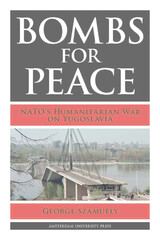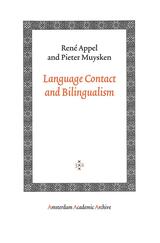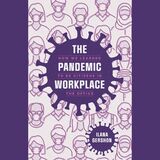
On the Flathead Reservation in northwestern Montana, the sixty remaining fluent speakers of Montana Salish, most of them elderly, speak their language only to each other, changing to English when outsiders or younger tribal members are present. The Aleuts who used to live on Bering Island off the east coast of Russia speak Russian in addition to their native Aleut. The Republic of Singapore, an island nation of just 238 square miles, boasts four official languages. Language contact is everywhere: no nation has a completely monolingual citizenry and many have more than one official language.
Sarah G. Thomason documents the linguistic consequences of language contacts worldwide. Surveying situations in which language contact arises, she focuses on what happens to the languages themselves: sometimes nothing, sometimes the incorporation of new words, sometimes the spread of new sounds and sentence structures across many languages and wide swathes of territory. She outlines the origins and results of contact-induced language change, extreme language mixture—which can produce pidgins, creoles, and bilingual mixed languages—and language death. The book concludes with a brief survey of language endangerment.
Complete with lists of additional readings and references as well as a glossary for students new to the subject, this textbook is a richly documented introduction to a lively, fast-developing field.

Eschewing the one-sided approach adopted by previous works on the Yugoslavian crisis, Szamuely offers a broad overview of the conflict, its role in the rise of NATO’s authority, and its influence on Western policy on the Balkans. His timely, judicious, and accessible study sheds new light on the roots of the contemporary doctrine of humanitarian intervention.

Although most people in the world use more than one language in everyday life, the approach to the study of language has usually been that monolingualism is the norm. The recent interest in bilingualism and language contact has led to a number of new approaches, based on research in communities in many different parts of the world. This book draws together this diverse research, looking at examples from many different situations, to present the topic in any easily accessible form.
Language contact is looked at from four distinct perspectives. The authors consider bilingual societies; bilingual speakers; language use in the bilingual community; finally language itself (do languages change when in contact with each other? Can they borrow rules of grammar, or just words? How can new languages emerge from language contact?). The result is a clear, concise synthesis offering a much-needed overview of this lively area of language study.
READERS
Browse our collection.
PUBLISHERS
See BiblioVault's publisher services.
STUDENT SERVICES
Files for college accessibility offices.
UChicago Accessibility Resources
home | accessibility | search | about | contact us
BiblioVault ® 2001 - 2024
The University of Chicago Press









